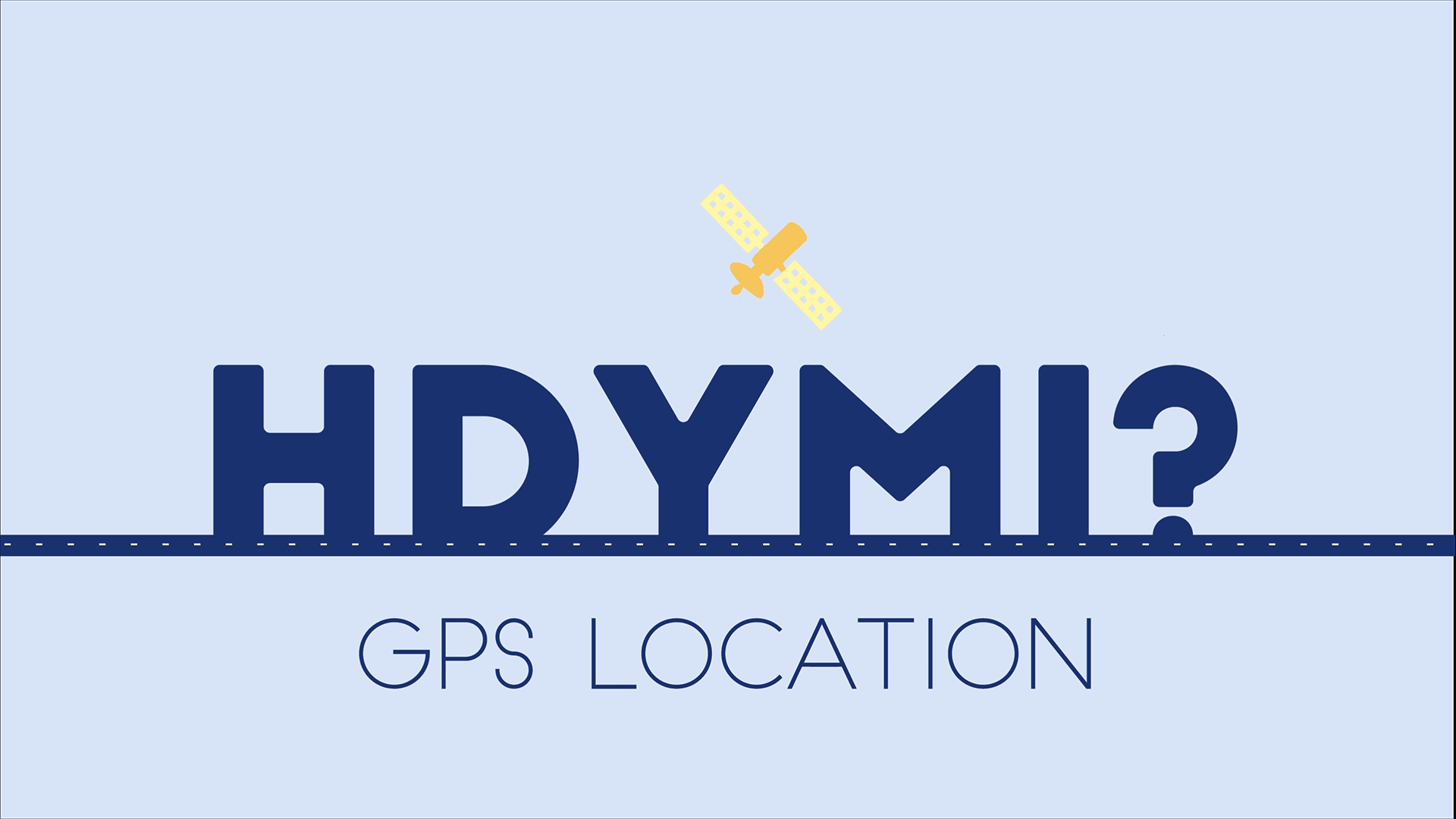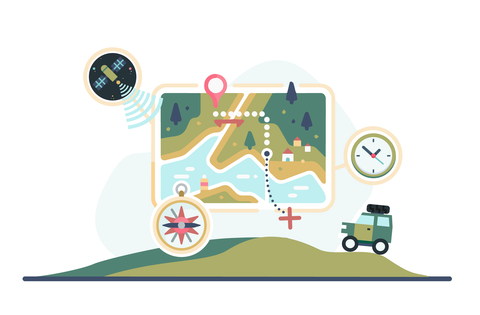How Do You Measure Your Location Using GPS?

The Global Positioning System, or GPS, has been part of our daily lives for more than 20 years. We can just type or say where we want to go into our mobile devices, which then plan a route for us in a few seconds. We can even adjust our route to avoid traffic, highways or tolls. It makes every town our hometown by enabling us to get around as easily as the locals do.
Maintained by the U.S. Space Force, GPS is made up of 31 satellites that are in orbit at a distance of about 20,200 kilometers (about 12,550 miles) above Earth. Twenty-seven of those satellites are currently in operation, and the others are used as backups. The satellites circle the globe twice a day, and their orbits are organized in such a way that you can see at least four from nearly every point on Earth at any one time. You need at least four satellites to get a fix on your position, though more is better.

Each of these satellites has several atomic clocks aboard. These clocks keep time very accurately (to within three billionths of a second) and are regularly corrected using even more accurate atomic clocks that are kept on the ground. They need to be synchronized because accurate time is the basis of GPS location and navigation services. The GPS satellites are constantly broadcasting signals with their time and position over Earth. The GPS receiver in your mobile device compares the time signals it receives from the satellites with its internal clock. Knowing the speed of light and when the signals were sent and received, your device can calculate your distance from each satellite, and thereby home in on your longitude, latitude and altitude.
Today’s GPS is so accurate that it can locate your position to within 4.9 meters (16 feet), though modern phones with advanced electronics and using additional signals and post-processing can further increase GPS precision.
Once your mobile device has calculated your latitude, longitude and altitude, it can superimpose your position onto a meticulously made road map created by whatever company’s software you are using. That map is what you see as you go along. Navigation service providers update their maps with traffic information and suggest other routes using artificial intelligence.
GPS is also used for anything that you might need location services for, such as land surveying, search-and-rescue missions, tracking shipments and wildlife, even doing censuses of people.
With a constellation of atomic clocks visible all over the world, GPS can also be used to compare accurate time and frequency signals between remote locations by each site simultaneously comparing their clocks to the same satellite clock signals and then exchanging the data with each other. This method, called common-view GPS, is used by the National Institute of Standards and Technology to measure and adjust clocks at other locations to help ensure others have accurate time. Equipment and atomic clock manufacturers use these signals to test the time and frequency accuracy and stability of their hardware, and financial traders use it for timing and time-stamping transactions, among other applications.

